Biologists have used CRISPR gene editing to store information inside DNA in living bacterial cells, which could become a storage medium of the future.
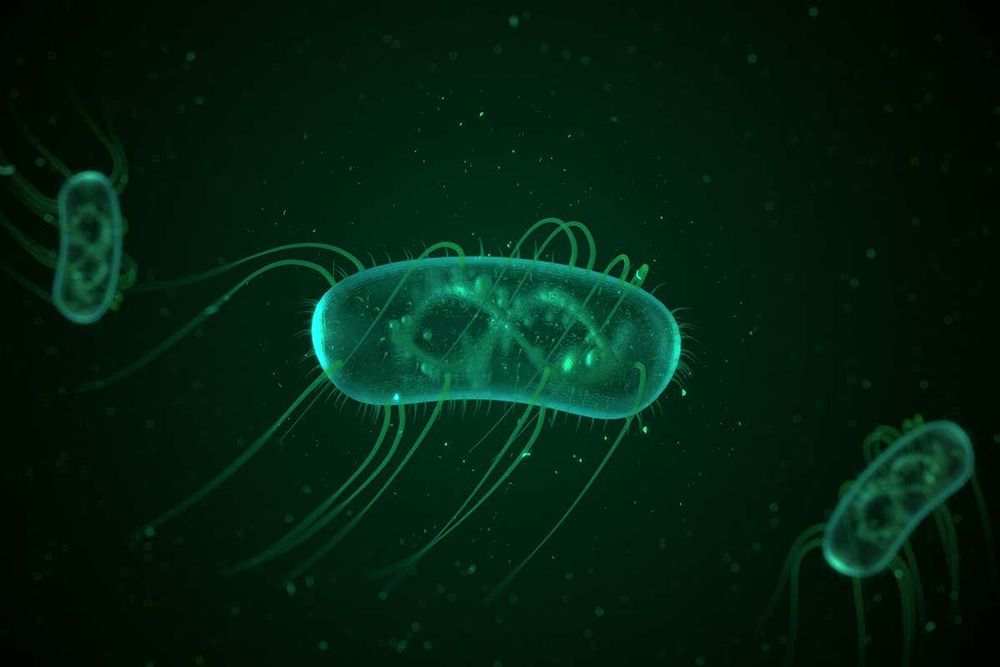

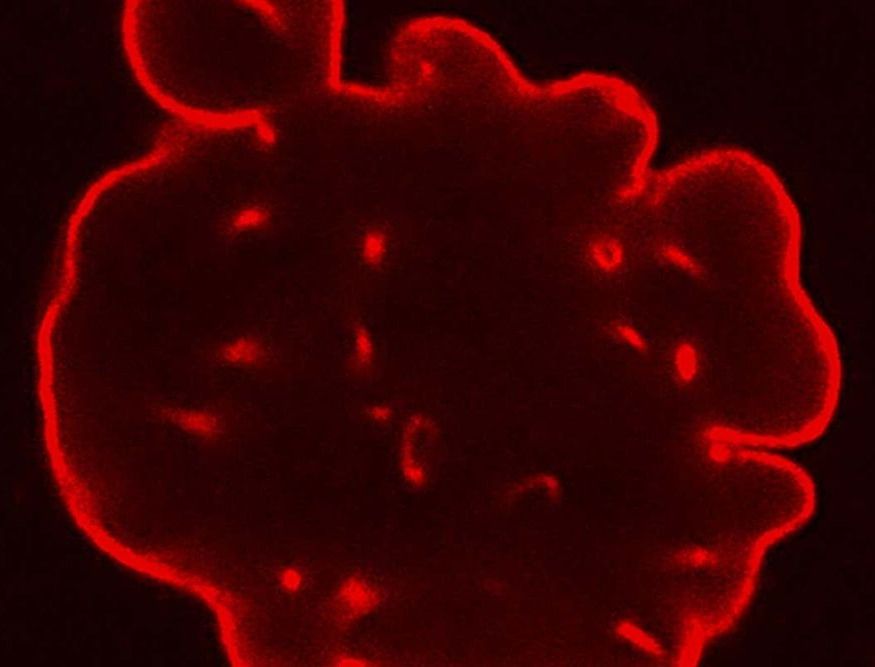
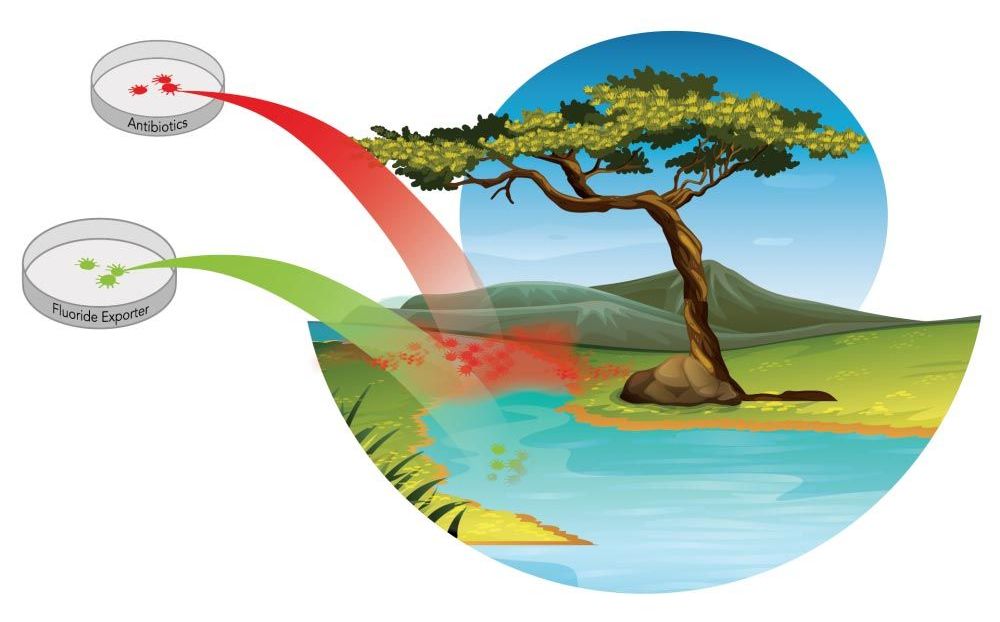
In Michelle O’Malley’s lab, a simple approach suggests a big leap forward in addressing the challenge of antibiotic-resistant bacteria.
Scientists have long been aware of the dangerous overuse of antibiotics and the increasing number of antibiotic-resistant microbes that have resulted. While over-prescription of antibiotics for medicinal use has unsettling implications for human health, so too does the increasing presence of antibiotics in the natural environment. The latter may stem from the improper disposal of medicines, but also from the biotechnology field, which has depended on antibiotics as a selection device in the lab.
“In biotech, we have for a long time relied on antibiotic and chemical selections to kill cells that we don’t want to grow,” said UC Santa Barbara chemical engineer Michelle O’Malley. “If we have a genetically engineered cell and want to get only that cell to grow among a population of cells, we give it an antibiotic resistance gene. The introduction of an antibiotic will kill all the cells that are not genetically engineered and allow only the ones we want — the genetically modified organisms [GMOs] — to survive. However, many organisms have evolved the means to get around our antibiotics, and they are a growing problem in both the biotech world and in the natural environment. The issue of antibiotic resistance is a grand challenge of our time, one that is only growing in its importance.”
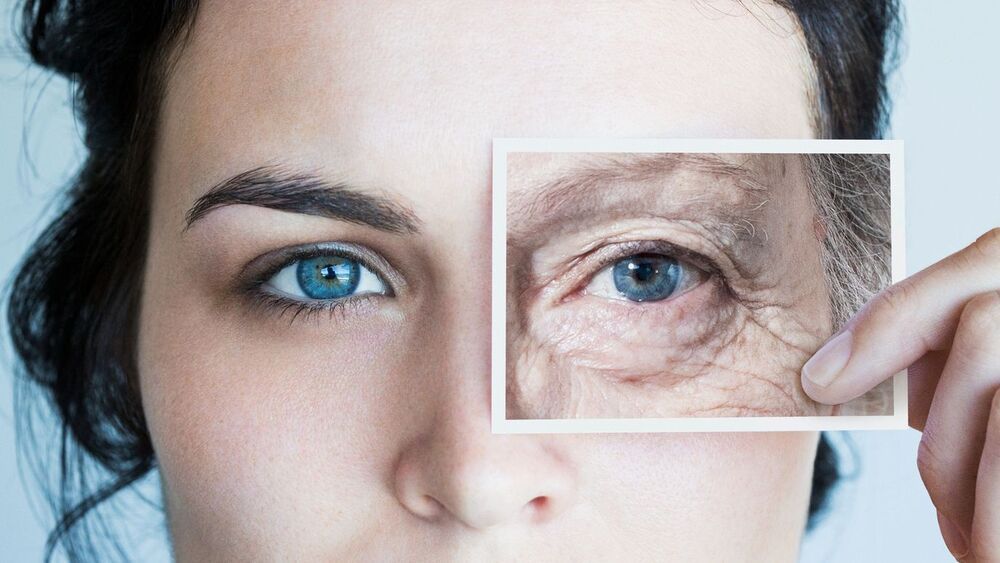
The idea of slowing down the ageing process and living healthier, more productive lives is hugely appealing. It’s led to a growing trend for people looking to take control of their own biology, optimising their bodies and minds through ‘biohacking’. But how safe and ethical is this pursuit of longevity? And are there more natural ways of expanding your healthy lifespan? Video by Dan John Animation by Adam Proctor.
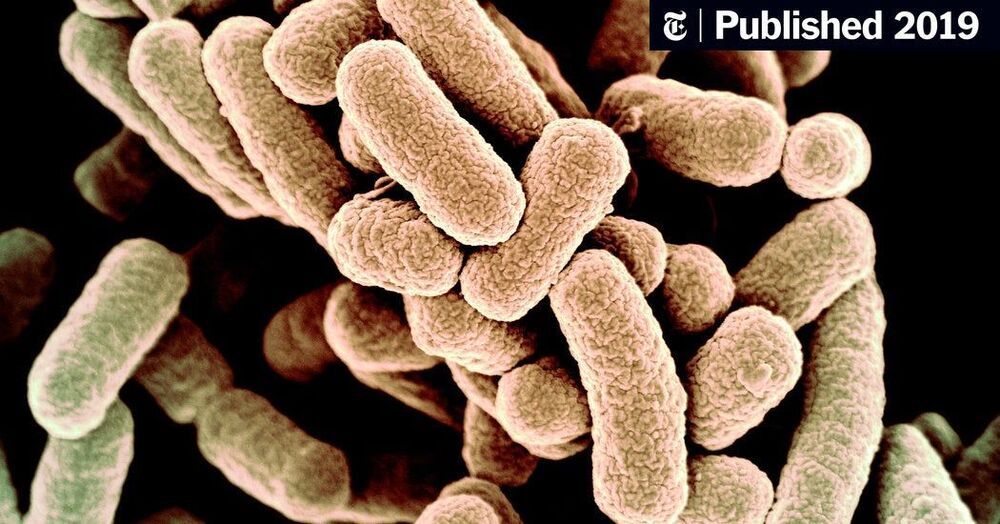
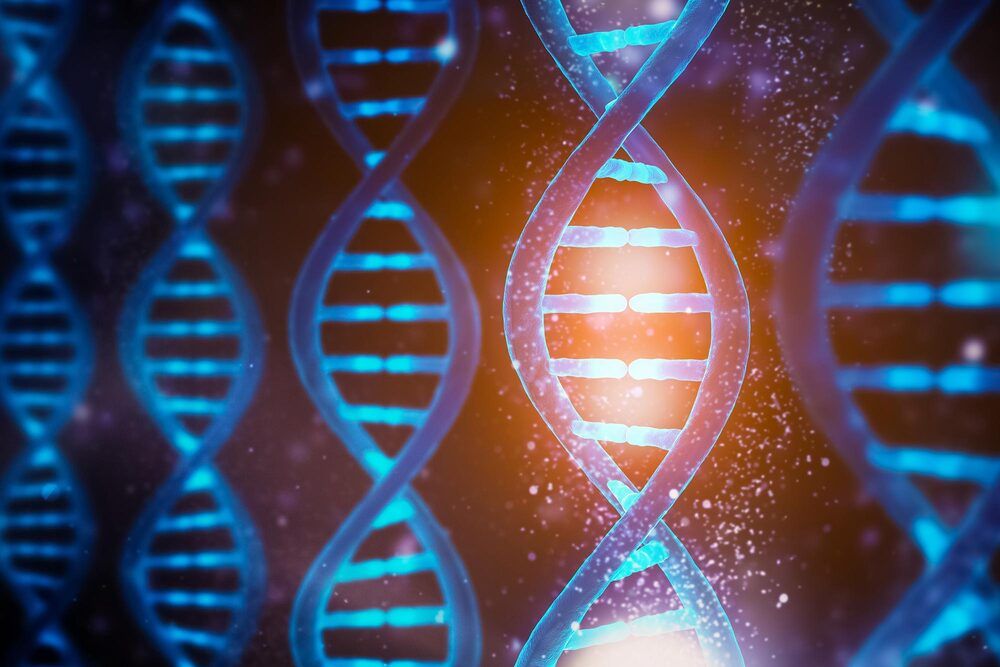
Biochemists use protein engineering to transfer photocaging groups to DNA.
DNA (deoxyribonucleic acid) is the basis of life on earth. The function of DNA is to store all the genetic information, which an organism needs to develop, function and reproduce. It is essentially a biological instruction manual found in every cell.
Biochemists at the University of Münster have now developed a strategy for controlling the biological functions of DNA with the aid of light. This enables researchers to better understand and control the different processes which take place in the cell – for example epigenetics, the key chemical change and regulatory lever in DNA.

#JustAReminder why knowing the origin of this disease is so important. Shi Zhengli who ran the lab in Wuhan worked with Ralph Baric on this gain of function research.
Declan Butler.
12 November 2015
An experiment that created a hybrid version of a bat coronavirus — one related to the virus that causes SARS (severe acute respiratory syndrome) — has triggered renewed debate over whether engineering lab variants of viruses with possible pandemic potential is worth the risks.
In an article published in Nature Medicine 1 on 9 November, scientists investigated a virus called SHC014, which is found in horseshoe bats in China. The researchers created a chimaeric virus, made up of a surface protein of SHC014 and the backbone of a SARS virus that had been adapted to grow in mice and to mimic human disease. The chimaera infected human airway cells — proving that the surface protein of SHC014 has the necessary structure to bind to a key receptor on the cells and to infect them. It also caused disease in mice, but did not kill them.
The findings reinforce suspicions that bat coronaviruses capable of directly infecting humans (rather than first needing to evolve in an intermediate animal host) may be more common than previously thought, the researchers say.
But other virologists question whether the information gleaned from the experiment justifies the potential risk. Although the extent of any risk is difficult to assess, Simon Wain-Hobson, a virologist at the Pasteur Institute in Paris, points out that the researchers have created a novel virus that “grows remarkably well” in human cells. “If the virus escaped, nobody could predict the trajectory,” he says.
Science and Futurism with Isaac Arthur is a YouTube channel which focuses on exploring the depths of concepts in science and futurism. Since its first episode in 2014, SFIA has considered topics ranging from the seemingly mundane, to the extremely exotic, featuring episodes on megastructure engineering, interstellar travel, the future of earth, and the Fermi paradox, among others. Yet regardless of how strange a subject may seem, Isaac always tries to ensure that the discussion is grounded in the known science of today.
Isaac Arthur joins John Michael Godlier on today’s Event Horizon to discuss these subjects, the future past 2020. Thoughts on life extension. Nanotechnology. Artificial intelligence. The Fermi paradox.
What is the most obvious answer to the Fermi paradox?
Science and Futurism with Isaac Arthur: https://www.youtube.com/channel/UCZFipeZtQM5CKUjx6grh54g.
Want to support the channel?
Patreon: https://www.patreon.com/EventHorizonShow.
Follow us at other places!
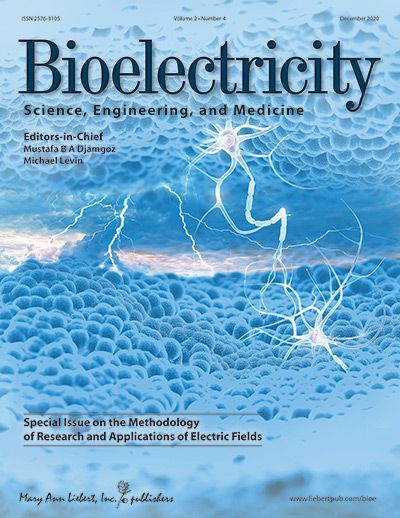
Shared last year, but with the talk of future regenerative medicine I think it is important: Regenerative medicine aims to engineer tissue constructs that can recapitulate the functional and structural properties of native organs. Most novel regenerative therapies are based on the recreation of a three-dimensional environment that can provide essential guidance for cell organization, survival, and function, which leads to adequate tissue growth. The primary motivation in the use of conductive nanomaterials in tissue engineering has been to develop biomimetic scaffolds to recapitulate the electrical properties of the natural extracellular matrix, something often overlooked in numerous tissue engineering materials to date. In this review article, we focus on the use of electroconductive nanobiomaterials for different biomedical applications, particularly, very recent advancements for cardiovascular, neural, bone, and muscle tissue regeneration. Moreover, this review highlights how electroconductive nanobiomaterials can facilitate cell to cell crosstalk (i.e., for cell growth, migration, proliferation, and differentiation) in different tissues. Thoughts on what the field needs for future growth are also provided.
Bioelectricity.
While it’s probably most famous for its role in gene editing, CRISPR does more than just that: its ability to precisely cut and alter DNA could lead to new antibiotics, faster diagnosis tools, and more.
Hosted by: Hank Green.
SciShow has a spinoff podcast! It’s called SciShow Tangents. Check it out at http://www.scishowtangents.org.
———
Support SciShow by becoming a patron on Patreon: https://www.patreon.com/scishow.
———
Huge thanks go to the following Patreon supporters for helping us keep SciShow free for everyone forever:
Marwan Hassoun, Jb Taishoff, Bd_Tmprd, Harrison Mills, Jeffrey Mckishen, James Knight, Christoph Schwanke, Jacob, Matt Curls, Sam Buck, Christopher R Boucher, Eric Jensen, Lehel Kovacs, Adam Brainard, Greg, Ash, Sam Lutfi, Piya Shedden, KatieMarie Magnone, Scott Satovsky Jr, charles george, Alex Hackman, Chris Peters, Kevin Bealer.
———
Looking for SciShow elsewhere on the internet?
Facebook: http://www.facebook.com/scishow.
Twitter: http://www.twitter.com/scishow.
Tumblr: http://scishow.tumblr.com.
Instagram: http://instagram.com/thescishow.
———
Sources:
https://www.nobelprize.org/prizes/chemistry/2020/press-release/
https://science.sciencemag.org/content/337/6096/816
https://www.livescience.com/58790-crispr-explained.html.
https://www.idtdna.com/pages/support/faqs/which-repair-pathw…hej-or-hdr.
https://www.cdc.gov/antibiotic-use/stewardship-report/pdf/stewardship-report.pdf.
https://medlineplus.gov/druginfo/meds/a685015.html.
https://www.livescience.com/44201-how-do-antibiotics-work.html.
https://www.cdc.gov/antibiotic-use/community/about/antibioti…-faqs.html.
https://www.ncbi.nlm.nih.gov/pmc/articles/PMC5725362/
https://disruptionhub.com/destroying-disease-crispr/
https://www.technologyreview.com/2017/04/17/106060/edible-cr…tibiotics/
https://www.asmscience.org/content/journal/microbiolspec/10.…3-2016
https://pubmed.ncbi.nlm.nih.gov/28959937/
https://www.cdc.gov/cdiff/what-is.html.
https://www.medrxiv.org/content/10.1101/2020.05.04.20091231v1
https://blog.addgene.org/finding-nucleic-acids-with-sherlock-and-detectr.
https://www.nature.com/articles/s41421-018-0028-z.
https://www.nature.com/articles/s41596-019-0210-2
https://www.genome.gov/about-genomics/fact-sheets/Polymerase…Fact-Sheet.
https://www.organdonor.gov/statistics-stories/statistics.html.
https://www.kidney.org/atoz/content/transplant-waitlist.
https://www.ncbi.nlm.nih.gov/pmc/articles/PMC88959/
https://www.fda.gov/vaccines-blood-biologics/xenotransplantation.
https://www.nature.com/news/new-life-for-pig-to-human-transplants-1.18768
https://science.sciencemag.org/content/357/6357/1303
https://retrovirology.biomedcentral.com/articles/10.1186/s12…0411-8
https://science.sciencemag.org/content/350/6264/1101
https://www.ncbi.nlm.nih.gov/pmc/articles/PMC4997577/
https://www.ncbi.nlm.nih.gov/pmc/articles/PMC5932395/
https://www.genome.gov/genetics-glossary/Retrovirus.
https://www.cdc.gov/ticks/diseases/index.html.
https://www.cdc.gov/lyme/transmission/index.html.
https://www.washingtonpost.com/news/to-your-health/wp/2017/0…e-disease/
https://www.ncbi.nlm.nih.gov/pmc/articles/PMC6452264/
A community-guided genome editing project can fight Lyme disease
https://www.who.int/news-room/fact-sheets/detail/vector-borne-diseases.
Image Sources:
https://bit.ly/34obJ3l.
https://bit.ly/3amD49S
https://bit.ly/2LNiTIb.
https://bit.ly/3akas1d.
https://bit.ly/2LHTm2V
https://bit.ly/3nw39aj.
https://bit.ly/3p1UOM6
https://bit.ly/3p09OKj.
https://bit.ly/3gVHsOu.
https://bit.ly/3atinZU
https://bit.ly/2LB6yXh.
https://bit.ly/37to7RO
https://bit.ly/2J05WK3
https://bit.ly/388IO4w.
https://bit.ly/3gXCHE1
https://bit.ly/2Ki4V0i.
https://bit.ly/34oFSzz.
https://bit.ly/3nyoUGz.
https://bit.ly/2J3keJU
https://bit.ly/38cGkCi.
https://bit.ly/3am8VHO
https://bit.ly/3p5hyKS
https://bit.ly/3r9ABWg